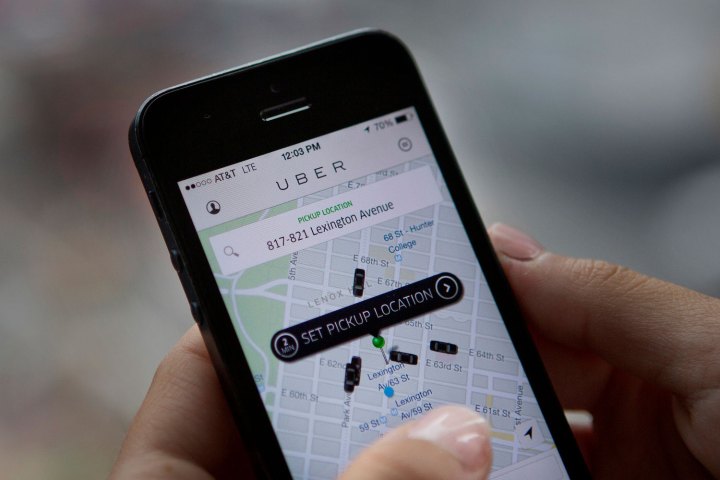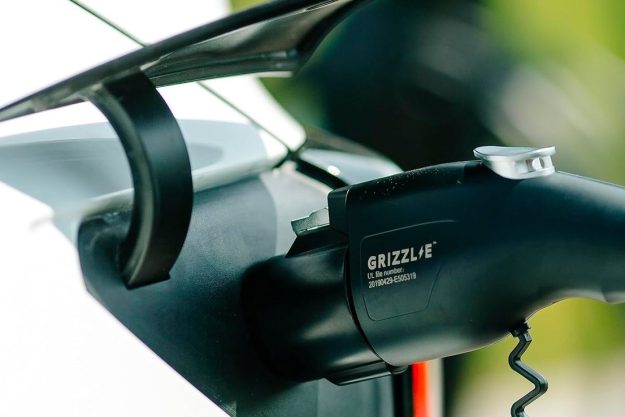
By lowering prices, Uber hopes to stimulate demand and offset the winter losses. The company cites its five-plus years of experience as reason enough to employ this strategy, which it has used for select cities over the past couple of years. In those areas, driver earnings have increased.
Since people prefer to stay inside during the cold months, nobody is moving their cars, which creates an even greater strain for parking in crowded cities. Uber hopes to reduce your Netflix and chill sessions by getting you out the house to face the chilly weather.

The price-cutting strategy does not always work, however. In 2015, earnings fell in some cities, and the rates had to be increased and adjusted. Uber cites Charlotte, N.C. as an example, where a 40 percent cut had to go back to 29 percent, after which drivers earned 20 percent more for the year. In Seattle, the lowered price had to be reversed entirely.
Each city is different, with Uber looking into economic circumstances, distinct regulations, and competition. The company is constantly running tests to give riders better value while also providing steady earnings for drivers.
Uber currently operates in 67 countries and over 300 cities.


